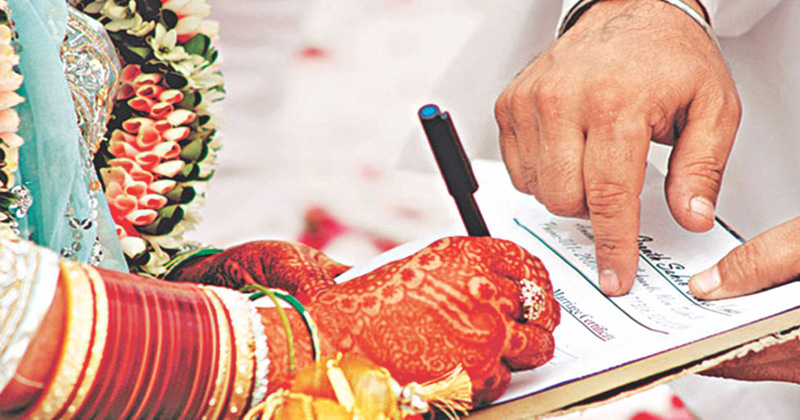The tragic murder case of Mahalaxmi has brought this issue to the forefront, igniting fiery discussions about interfaith relationships and societal attitudes toward them. A 29-year-old woman from Bengaluru, Mahalaxmi’s case is one of profound horror. In a gruesome crime, her boyfriend, Ashraf, is accused of killing her and dismembering her body into over 50 pieces. Family of victim, calls for justice, claiming that such acts are part of a broader narrative of betrayal and violence against 4ryoung women who dare to engage in inter-religious relationships. Her family, devastated by the loss, has pointed fingers at Ashraf, seeking accountability in a judicial system that often struggles with high-profile, inter-cultural crimes.
This murder reminds of the Shraddha Walkar case where Shraddha was brutally murdered by her boyfriend, Aftab Poonawala. This horrific crime was equally sensationalized and spread shockwaves across the nation. Aftab’s heinous actions – of strangling Shraddha and attempting to dispose of her body – are symptomatic of an alarming trend where infusion of love is overshadowed by control, violence, and, ultimately, murder.
Meanwhile, discussions surrounding these incidences often spiral into a nexus of ideologies. Critics argue about supposed teachings within Islam, referencing verses that they claim incite violence against ‘kafir’ (non-believers). This creates an oversimplified narrative that ignores the complexities of religion, culture, and individual choice. It’s important to understand that while certain texts can be interpreted differently, the vast majority of Muslims do not advocate for violence; the actions of individuals do not reflect the teachings of an entire faith.
Nonetheless, these tragic occurrences point to a deeper issue of societal mindset. Many individuals remain entrenched in traditional beliefs and stereotypes that paint inter-faith relationships as morally ambiguous or downright unworthy. To nurture a safe and harmonious communal atmosphere, it’s essential to course-correct this prevailing mindset. Emphasizing empathy, open communication, and mutual respect can foster healthier relationships across religious divides. Peaceful coexistence can be achieved through education, dispelling myths, and understanding the humanitarian principles that bind humanity together, irrespective of religious backgrounds.
The appeal remains, we must unify to change how love and relationships are perceived across communal lines, steering away from division and leaning towards inclusivity. Only then can we hope to prevent tragedies like those of Mahalaxmi and Shraddha in the future, ensuring that the sanctity of love doesn’t lead to bloodshed, but fosters a foundation for lasting peace and unity.
